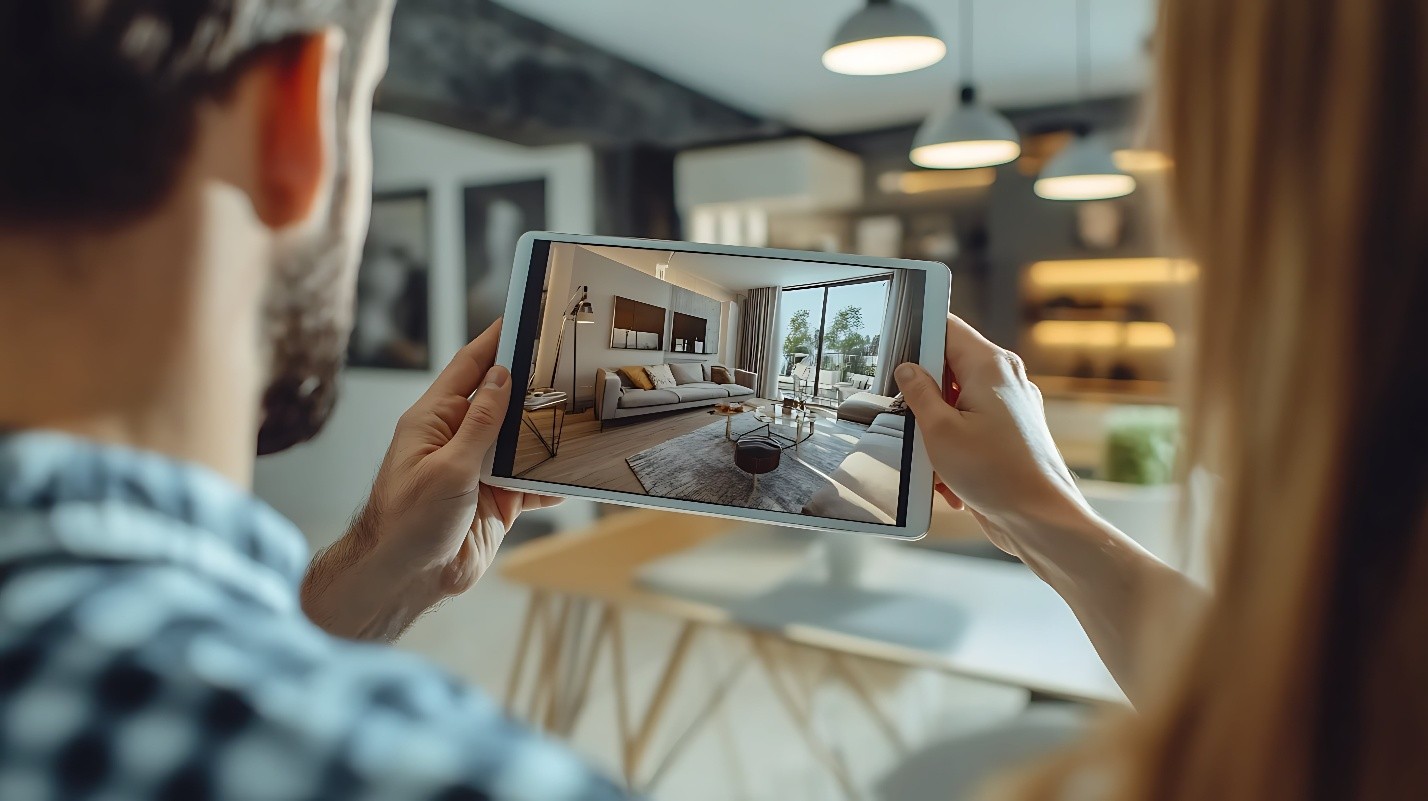
In an industry as dynamic and competitive as real estate, staying ahead of the curve means embracing technological advancements that enhance the buying and selling experience. Avrahom Orloff, an experienced real estate expert in Rockford, IL, understands that one such innovation that has transformed the real estate landscape is the use of virtual tours and 3D walkthroughs. These digital tools offer an immersive, interactive way for potential buyers to explore properties without ever setting foot inside.
The shift toward virtual property showcases has been driven by evolving consumer preferences, technological advancements, and market conditions that demand greater accessibility. Avrahom Orloff explains that whether a buyer is searching for a home across the country, an investor is reviewing commercial properties remotely, or a realtor is looking to maximize engagement with a listing, 3D walkthroughs, and virtual tours are proving to be invaluable assets in real estate sales.
Traditional real estate marketing relied heavily on professional photography, open houses, and in-person showings. Avrahom Orloff explains that the digital revolution and increasing reliance on online platforms have reshaped how properties are presented and viewed. According to the National Association of Realtors (NAR), over 97% of homebuyers start their property search online, highlighting the need for high-quality, engaging content that goes beyond static images.
Virtual tours and 3D walkthroughs have filled this gap, offering an interactive, panoramic view of properties that can be explored from any device. Avrahom Orloff understands that this technology saw a surge in adoption during the COVID-19 pandemic when social distancing measures limited physical showings. Even post-pandemic, virtual tours remain a crucial part of real estate marketing, giving buyers a realistic sense of space, layout, and flow before scheduling an in-person visit.
1. Enhanced Buyer Engagement
A well-designed virtual tour keeps potential buyers engaged for a longer duration compared to traditional listings. Studies show that real estate listings featuring virtual tours receive more views and higher interaction rates than those without. Avrahom Orloff explains that the ability to navigate through a home as if walking through in person creates a stronger emotional connection, increasing the likelihood of serious inquiries.
2. Saves Time for Buyers and Agents
Virtual tours eliminate the need for multiple in-person showings, allowing buyers to narrow down their choices efficiently. Instead of visiting multiple properties that may not fit their needs, buyers can explore homes virtually, identifying the ones they are most interested in before scheduling physical tours. This not only saves time but also enhances the overall home-buying experience by making it more convenient and streamlined.
3. Attracts Remote and International Buyers
For buyers relocating from different states or even countries, virtual tours are a game-changer. Instead of relying solely on photos and descriptions, these buyers can get a comprehensive, immersive experience of the property without the need for immediate travel. Avrahom Orloff explains that this is particularly valuable for luxury and investment properties, where international buyers often make purchasing decisions remotely.
4. Competitive Advantage for Sellers
Sellers who incorporate 3D walkthroughs and virtual tours into their listings gain a competitive edge in the market. A home that is visually accessible online appeals to a larger audience and can sell faster than properties relying solely on traditional marketing methods. In fact, real estate listings with virtual tours are more likely to receive higher offers, as serious buyers have a clearer understanding of what to expect before making an offer.
5. Showcasing Unique Property Features
Unlike static images, virtual tours allow realtors and sellers to highlight specific property features in a more engaging way. Whether it’s a breathtaking open-concept kitchen, a luxurious master suite, or intricate architectural details, virtual tours ensure that these aspects are fully appreciated by potential buyers. Additionally, properties with unique layouts benefit significantly from 3D walkthroughs, as they provide a clearer understanding of spatial arrangements.
Avrahom Orloff explains that the effectiveness of virtual tours lies in cutting-edge technology such as:
For real estate professionals looking to leverage virtual tours, Avrahom Orloff shares that the integration process is straightforward:
As technology continues to evolve, so will the ways in which properties are marketed and sold. Innovations such as AI-powered property insights, interactive 3D floor plans, and smart home integrations will further enhance the virtual home-buying experience. With the rise of the metaverse and digital real estate, Avrahom Orloff explains that we may even see entirely virtual property transactions becoming more commonplace.
What remains certain is that virtual tours and 3D walkthroughs are here to stay. In a competitive real estate market where first impressions matter, providing an immersive, convenient, and engaging way for buyers to explore properties sets agents and sellers apart. Those who embrace these technologies will not only attract more buyers but also redefine the way real estate is bought and sold in the digital age.
The power of virtual tours and 3D walkthroughs in real estate cannot be overstated. Avrahom Orloff emphasizes that they enhance buyer engagement, save time, attract remote investors, and give sellers a competitive advantage. With ongoing advancements in VR, AI, and 3D imaging, these tools will continue to shape the future of real estate sales. For realtors and property sellers, adopting virtual tours isn’t just an option—it’s a necessity in today’s tech-driven market.